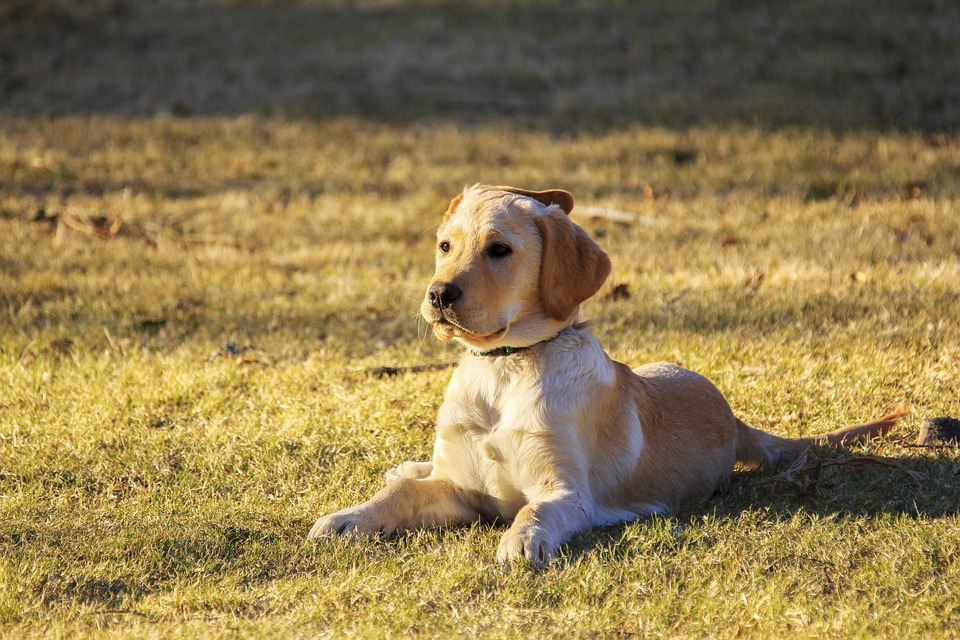Dog modeling is a rapidly growing industry, with our canine companions taking center stage in fashion campaigns and advertisements. However, training your dog to pose perfectly requires time, effort, and expertise. In this article, we will explore the art of dog modeling and provide you with valuable tips and techniques to transform your furry friend into a professional poser.
To begin, let’s understand the basics of dog modeling. Dog modeling involves showcasing a dog’s unique features and personality through photographs. It can provide numerous opportunities for your dog, from working with renowned photographers to featuring in commercials and print advertisements. By training your dog for modeling, you not only unleash their potential but also create a strong bond and enhance their mental stimulation.
When it comes to ideal dog breeds for modeling, there are certain breeds that are commonly sought after. Golden Retrievers, Labradors, French Bulldogs, and Dalmatians, with their photogenic qualities and friendly demeanor, are often preferred. However, any dog, regardless of breed, can potentially become a successful model with proper training and grooming.
Preparing your dog for the spotlight requires some essential steps. Basic obedience training is crucial to ensure your dog understands and follows commands. Socializing your dog with other animals and people helps them feel comfortable in different environments. Confidence-building exercises, such as agility training or participating in dog shows, can boost your dog’s self-assurance. Additionally, grooming your dog to perfection, including regular bathing, brushing, and trimming, will ensure they look their best in front of the camera.
Capturing the perfect pose involves several factors. Choosing the right location is essential to create a visually appealing backdrop that complements your dog’s appearance. Mastering basic commands like “sit,” “stay,” and “look” allows you to control your dog’s movements and capture desired poses. Utilizing props and accessories can add depth and character to your dog’s photos, while natural and artificial lighting techniques enhance the overall composition.
Different types of modeling require specific posing techniques. Fashion modeling involves showcasing clothing and accessories, requiring your dog to strike elegant and graceful poses. Product modeling focuses on highlighting specific items, such as dog toys or grooming products, by incorporating them into your dog’s poses. Action and movement shots capture your dog in motion, showcasing their agility and energy. Editorial and storytelling poses convey a narrative or evoke emotions, making your dog the protagonist in a visual story.
Building your dog’s portfolio involves collaborating with professionals in the industry. Working with experienced photographers can elevate your dog’s portfolio and provide valuable guidance. Creating a captivating online presence through social media platforms and websites allows you to showcase your dog’s modeling journey to a wider audience. Networking with industry professionals, such as dog handlers, groomers, and other dog models, can open doors to new opportunities. Lastly, entering dog modeling competitions and auditions can help your dog gain exposure and recognition.
Here are some frequently asked questions about dog modeling:
Q1. Can any dog breed become a model?
A1. While any dog can potentially become a model, certain breeds are more commonly sought after due to their unique features and temperament. Breeds such as Golden Retrievers, Labradors, French Bulldogs, and Dalmatians are often preferred for their photogenic qualities.
Q2. How long does it take to train a dog for modeling?
A2. The training duration varies depending on your dog’s age, temperament, and prior training experience. On average, it can take several months of consistent training to achieve the desired level of posing perfection.
Q3. What basic commands are essential for dog modeling?
A3. Basic commands such as “sit,” “stay,” “down,” “stand,” “look,” and “leave it” are fundamental for dog modeling. These commands allow you to control your dog’s movements and capture desired poses.
Q4. Are professional photography sessions necessary for a dog’s portfolio?
A4. While professional photography sessions can enhance your dog’s portfolio, they are not always necessary. You can also capture stunning photos with your own camera or smartphone by following the right techniques and utilizing natural lighting.
Q5. How can I protect my dog’s well-being during modeling?
A5. Ensuring your dog’s well-being should always be a top priority. Avoid subjecting your dog to uncomfortable situations or excessive stress. Regular breaks, plenty of water, and positive reinforcement will help keep your dog happy and motivated during modeling sessions.
In conclusion, training your dog for modeling requires patience, dedication, and a deep understanding of their needs and abilities. By following the techniques outlined in this article, you can unlock your furry companion’s full potential and embark on an exciting journey in the world of dog modeling. With the right training and guidance, your pooch can confidently strike the perfect pose and steal the spotlight in the fashion industry.









